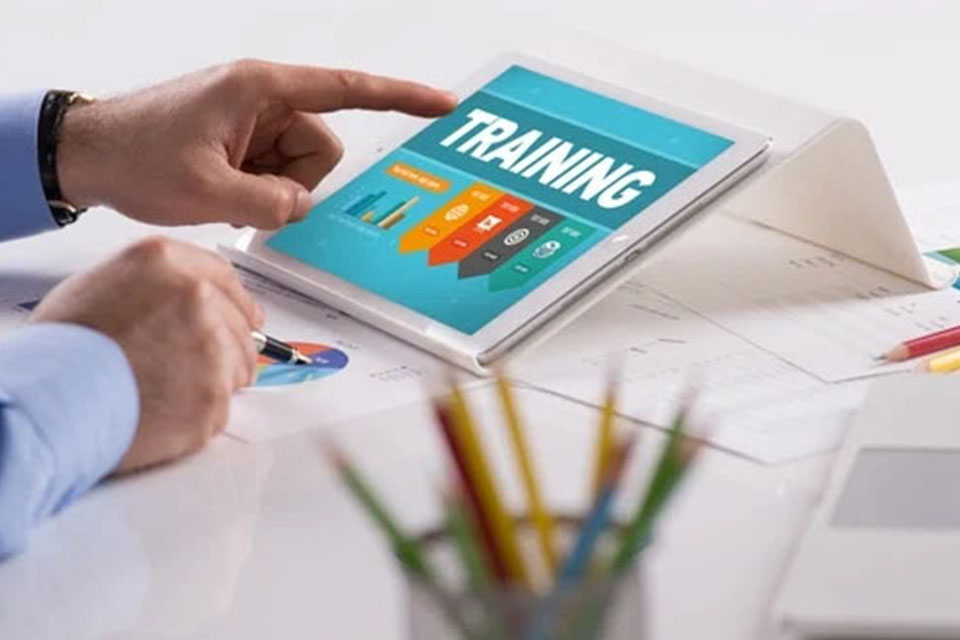Introduction
The world of education is rapidly changing, with technology playing an increasingly important role in the learning experience. One must take into account and compare the advantages of eLearning versus in-person learning when making education decisions. Both are gaining significant importance. In-person learning fosters direct interaction, collaboration, and immediate feedback, nurturing essential social skills. On the other hand, eLearning offers flexibility, adaptability, and accessibility, allowing learners to access educational content anytime, anywhere. By adopting a blended learning approach that combines the strengths of both methods, learners can enjoy a comprehensive and customized educational experience, tailored to their needs.
Advantages of eLearning
As we move further into the digital age, it’s clear that technology is turning the traditional classroom on its head. It’s no wonder that eLearning is taking the education world by storm, allowing learners to open new doors of opportunity. Let’s explore the advantages of eLearning and how it’s changing the game for education.
1. The World at Your Fingertips:
eLearning provides access to a world of knowledge and resources, all available with just a few clicks, without the limitations of physical location. eLearning liberates learners from the constraints of traditional in-person learning, enabling them to pursue their educational goals on their own terms and at their own pace, from anywhere in the world.

2. Stay in the Loop:
eLearning platforms allow instructors to easily update and modernize course content, keeping up with the latest trends and technologies in their field. In contrast, traditional in-person training may require instructors to manually update and distribute new course materials, which can be a slower and more cumbersome process. This can result in outdated or irrelevant course content that fails to keep up with the fast-paced changes in today’s industries.
3. Interactive and Engaging:
eLearning platforms often incorporate multimedia, interactive exercises, and gamification elements to make the learning experience more engaging and effective. This can increase learner motivation and retention, as well as provide a more dynamic and immersive learning environment.
4. Environmentally Friendly Learning:
eLearning is environmentally friendly because it reduces the need for travel and energy consumption associated with traditional classroom learning. Digital course materials can be reused and updated, reducing paper waste. eLearning also reduces the need for physical classroom space, further reducing energy consumption. Overall, eLearning has a lower carbon footprint compared to traditional classroom-based learning.

5. Getting More for Less:
eLearning can be more cost-effective than traditional in-person learning. It eliminates the need for physical classrooms, textbooks, and other materials, reducing the overall cost of education. Additionally, learners can often access free or low-cost courses and resources online, making education more affordable and accessible to a wider range of individuals.
Advantages of In-Person Learning
In-person learning offers many advantages that cannot be replicated in virtual environments. In this section, we will explore these advantages in more detail and explain why they are essential for a well-rounded education.
1. Real-Time Interaction:
In-person learning provides real-time interaction with instructors and learners, allowing for immediate clarification and deeper understanding. In-person learning can also provide opportunities for learners to collaborate and work together in a way that can be difficult to replicate virtually.
2. Hands-On Experiences:
Hands-on experiences, such as laboratory experiments and field trips, offered through in-person learning, deepen understanding and retention of information. Physical interaction and exploration can also help learners develop problem-solving skills and apply knowledge to real-world situations.

3. Building Relationships:
In-person learning provides learners with the opportunity to build relationships with peers and instructors, a significant advantage over eLearning. Building relationships with instructors can lead to mentorship and career opportunities, while building relationships with peers can lead to lifelong friendships.
4. Diverse Perspectives:
Exposure to diverse perspectives is another valuable aspect of in-person learning. It allows learners to broaden their understanding and develop empathy. Exposure to different cultures and backgrounds fosters a more inclusive worldview. By actively listening and learning from others, learners can enhance their own knowledge and develop critical thinking skills.

5. Personal Growth:
Interacting with instructors and peers in an in-person learning environment nurtures self-awareness, confidence, and personal growth. Opportunities for public speaking and communication skills development are readily available through in-person learning.
Conclusion
In conclusion, when comparing eLearning versus in-person learning, they each have their own advantages and disadvantages. Ultimately, the choice between e-learning and in-person learning depends on individual preferences and circumstances. While eLearning has become increasingly popular, in-person learning will always have a vital place in education, providing a unique learning experience that cannot be fully replicated virtually. Both eLearning and in-person learning have their roles to play in shaping the future of education.



